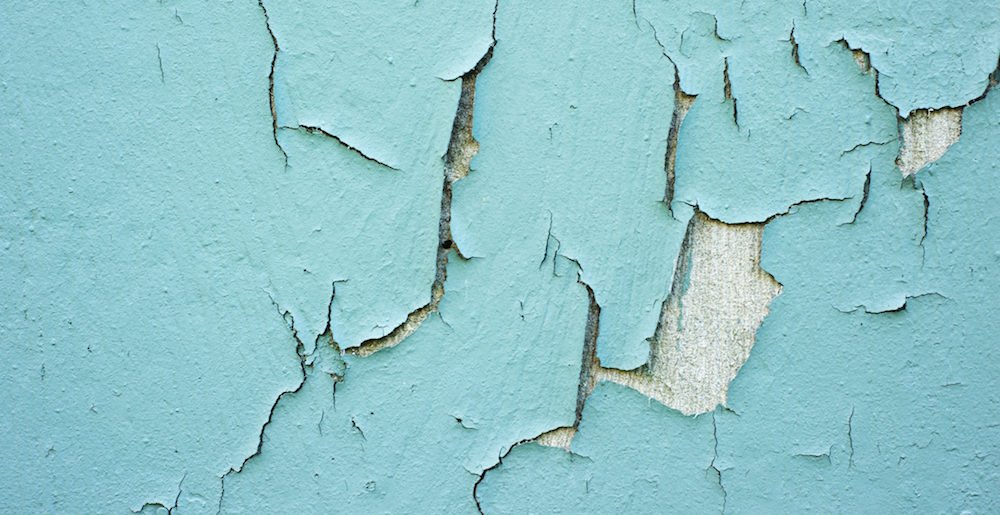Lead Paint
As a home inspector, one of the most important aspects of our job is to identify potential hazards that could affect the safety and health of your clients. One such hazard is lead paint, which can be found in many homes built before 1978. In this blog post, we will discuss what lead paint is, why it is dangerous, and what you as a home inspector can do to help your clients identify and address this issue.
What is lead paint?
Lead paint is a type of paint that contains lead as an additive. This type of paint was commonly used in homes built before 1978, when lead paint was banned for residential use by the US government. Lead paint was popular because it was durable, easy to apply, and provided a smooth finish.
Why is lead paint dangerous?
Lead is a toxic substance that can have serious health effects, especially on children under the age of six. When lead paint deteriorates or is disturbed, it can release lead particles into the air, which can be inhaled or ingested. Once in the body, lead can cause a variety of health problems, including:
Damage to the brain and nervous system
Behavioral and learning problems
Slowed growth and development
Hearing and speech problems
Kidney damage
Anemia
Because lead paint is often found on windowsills, doorframes, and other frequently touched areas, it can also be ingested through hand-to-mouth contact.
How can you identify lead paint?
As a home inspector, it is important to be able to identify potential sources of lead paint in a home. Here are some tips to help you identify lead paint:
Look for homes built before 1978. While not all homes built before 1978 will have lead paint, it is more likely to be present in these homes.
Look for signs of paint deterioration. Lead paint can deteriorate over time, forming a powdery substance known as lead dust. Look for chipping, peeling, cracking, or flaking paint, especially on windowsills, doorframes, and other areas that are frequently touched.
Use a lead test kit. You can purchase a lead test kit at most home improvement stores. The kit will contain a swab that you can use to test paint for the presence of lead.
What should you do if you find lead paint?
If you identify lead paint during a home inspection, informing your clients of the potential hazard is important. Your clients may choose to have the paint removed or encapsulated by a professional. Encapsulation involves painting over the lead paint with a special sealant that prevents the release of lead particles.
If your clients are planning to renovate or remodel their home, it is important to inform them that lead paint may be present. Federal law requires that any contractor working on a home built before 1978 must be certified in lead-safe work practices. These practices include using containment methods to prevent the spread of lead dust, and properly disposing of lead-contaminated debris.
What are the risks of not addressing lead paint?
If lead paint is not properly addressed, it can pose a serious health risk to the occupants of the home, especially young children. Lead poisoning can cause a variety of health problems, including those listed above. In addition, lead paint can also affect the value of a home. Many homebuyers are hesitant to purchase a home with lead paint, which can make it more difficult to sell.
It is important to be able to identify potential sources of lead paint in a home. By educating your clients about the risks of lead paint and providing them with information on how to address the issue, you can help them make informed decisions about their homes. Remember to always use caution when working around potential sources of lead paint.
If you’d like to schedule an inspection, contact us now:
🌎 latinspection.com
📞 408-613-5572
✉️ Info@LATinspection.com
📍Federal Way, WA




